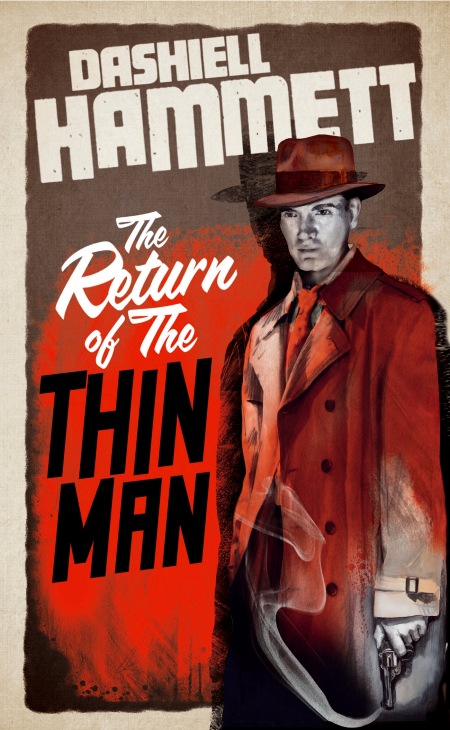 Elemental is an exquisite novel. Every word of it is tightly crafted and pregnant with possibility. It is self-referential and post-modern in the way it undermines time, creating a genetic and emotional link between characters in multiple times and places.
Elemental is an exquisite novel. Every word of it is tightly crafted and pregnant with possibility. It is self-referential and post-modern in the way it undermines time, creating a genetic and emotional link between characters in multiple times and places.
A review of Flora by Gail Godwin
 An unreliable first person narrator allows for the same pleasures of deduction that one would find in a who-done-it. In Flora, readers must be like young Helen, sorting out the contents of a drawer, deciding what’s important enough to retain, and what to let go.
An unreliable first person narrator allows for the same pleasures of deduction that one would find in a who-done-it. In Flora, readers must be like young Helen, sorting out the contents of a drawer, deciding what’s important enough to retain, and what to let go.
A review of The Woodcutter by Steven Bartholomew
 The reader will see first hand what comprises the life of a writer. It is a lonely endeavour, one that can very quickly be speckled with controversy. The reader will almost be able to picture Dana sitting all alone in his hotel room, eating, and writing stories that will help readers realize how hard the lives of Native Americans really is.
The reader will see first hand what comprises the life of a writer. It is a lonely endeavour, one that can very quickly be speckled with controversy. The reader will almost be able to picture Dana sitting all alone in his hotel room, eating, and writing stories that will help readers realize how hard the lives of Native Americans really is.
An interview with Jessica Bell
 The author of The Book talks about her latest novel and its inspiration, her protagonist Bonnie, the other characters, the video she’s created to support the book, the song behind the book, and more.
The author of The Book talks about her latest novel and its inspiration, her protagonist Bonnie, the other characters, the video she’s created to support the book, the song behind the book, and more.
A Review of No One Is Here Except All Of Us By Ramona Ausubel
 This is not the type of novel you can expect to race through or finish in a weekend. Ausubel’s lyrical, beautiful language and disturbingly compelling imagery seize the reader almost immediately. Even if the reader wants to turn away at some of the more graphic scenes, they don’t turn away for long, as Ausubel manages to capture the best parts of the human spirit while not shying away from describing the atrocities of war.
This is not the type of novel you can expect to race through or finish in a weekend. Ausubel’s lyrical, beautiful language and disturbingly compelling imagery seize the reader almost immediately. Even if the reader wants to turn away at some of the more graphic scenes, they don’t turn away for long, as Ausubel manages to capture the best parts of the human spirit while not shying away from describing the atrocities of war.
A review of OMG that’s PALEO? 100 Recipes that will make you say “OMG”
 Importantly, the food is delicious on its own without labeling it as diet food of any kind. A few weeks of eating this way, and one will start craving these amazing recipes. She promises that carrot fries “will change your life”, and she should not be doubted.
Importantly, the food is delicious on its own without labeling it as diet food of any kind. A few weeks of eating this way, and one will start craving these amazing recipes. She promises that carrot fries “will change your life”, and she should not be doubted.
Political Film and Conversation: Elia Kazan’s Wild River and Gus Van Sant’s Promised Land and Zero Dark Thirty, In the Land of Blood and Honey, and A Bottle in the Gaza Sea.
 Is there enough beauty and knowledge in the world? What are the virtues we want to cultivate and celebrate? What pain do we want to ease? Where there is injustice, do we want justice? What kind of culture do we want to live in, and with? Many people do not understand art, its technique or its mission, but art conveys living experience and contemplation of life better than almost anything else.
Is there enough beauty and knowledge in the world? What are the virtues we want to cultivate and celebrate? What pain do we want to ease? Where there is injustice, do we want justice? What kind of culture do we want to live in, and with? Many people do not understand art, its technique or its mission, but art conveys living experience and contemplation of life better than almost anything else.
A review of Bluff by Lenore Skomal
 Bluff was born from Skomal’s own experience sitting at her gravely ill mother’s bedside, and the frustration, fear and hope all come through in her writing. To her credit, she hasn’t only drawn on this experience in writing Bluff, but has enlisted the advice of health, religious and legal professionals, all of whom are acknowledged.
Bluff was born from Skomal’s own experience sitting at her gravely ill mother’s bedside, and the frustration, fear and hope all come through in her writing. To her credit, she hasn’t only drawn on this experience in writing Bluff, but has enlisted the advice of health, religious and legal professionals, all of whom are acknowledged.
An interview with Menna Van Praag
 The author of The house on Hope Street talks about her new novel, why her characters were allotted ninety-nine days to heal, about her characters, about magical realism and why she’s drawn to it, her setting, on “translating” the novel from English to American, her favourite writing quotes, and lots more.
The author of The house on Hope Street talks about her new novel, why her characters were allotted ninety-nine days to heal, about her characters, about magical realism and why she’s drawn to it, her setting, on “translating” the novel from English to American, her favourite writing quotes, and lots more.
A review of The Return of the Thin Man by Dashiell Hammett
 If you’re like me, you’ll want to read everything that Hammett has written, but be warned that this is not literature, simply because language doesn’t set out to do everything. Then again, screen stories like these (and The Third Man by Graham Greene is another example) are an interesting genre, primarily for what they might reveal about the writer.
If you’re like me, you’ll want to read everything that Hammett has written, but be warned that this is not literature, simply because language doesn’t set out to do everything. Then again, screen stories like these (and The Third Man by Graham Greene is another example) are an interesting genre, primarily for what they might reveal about the writer.